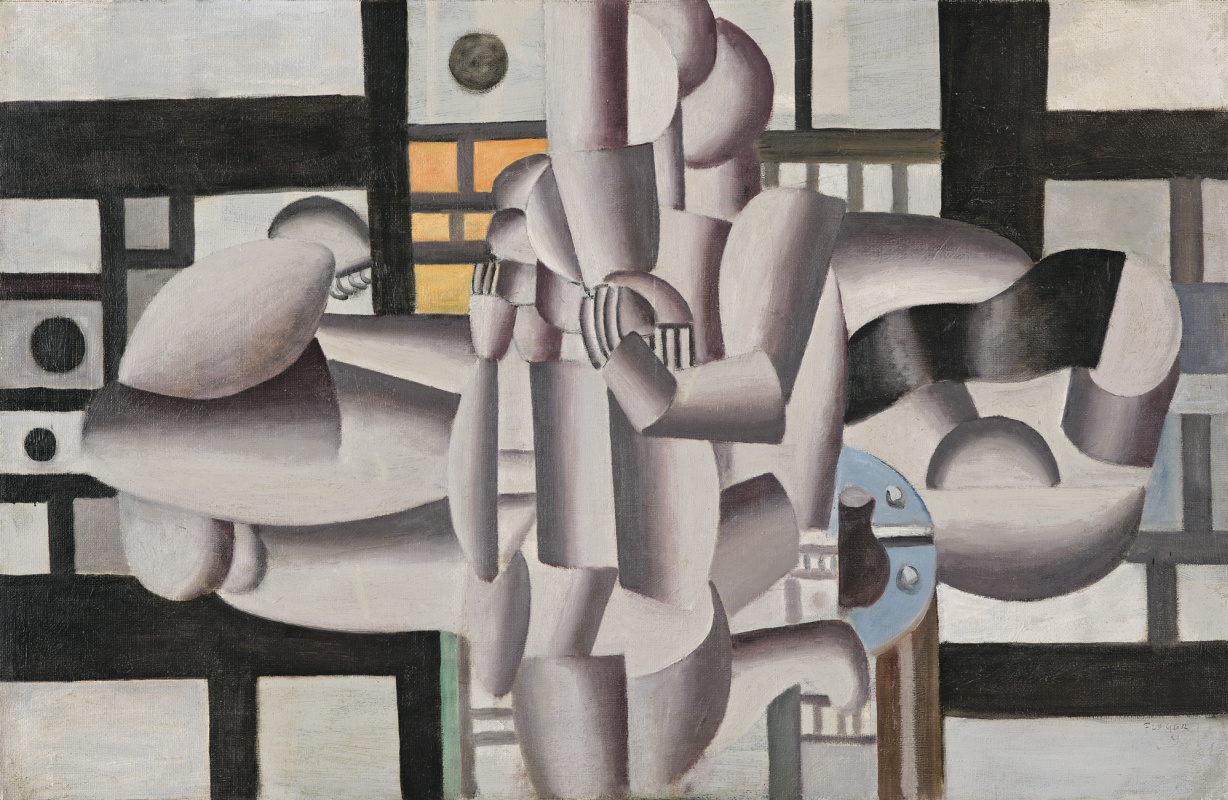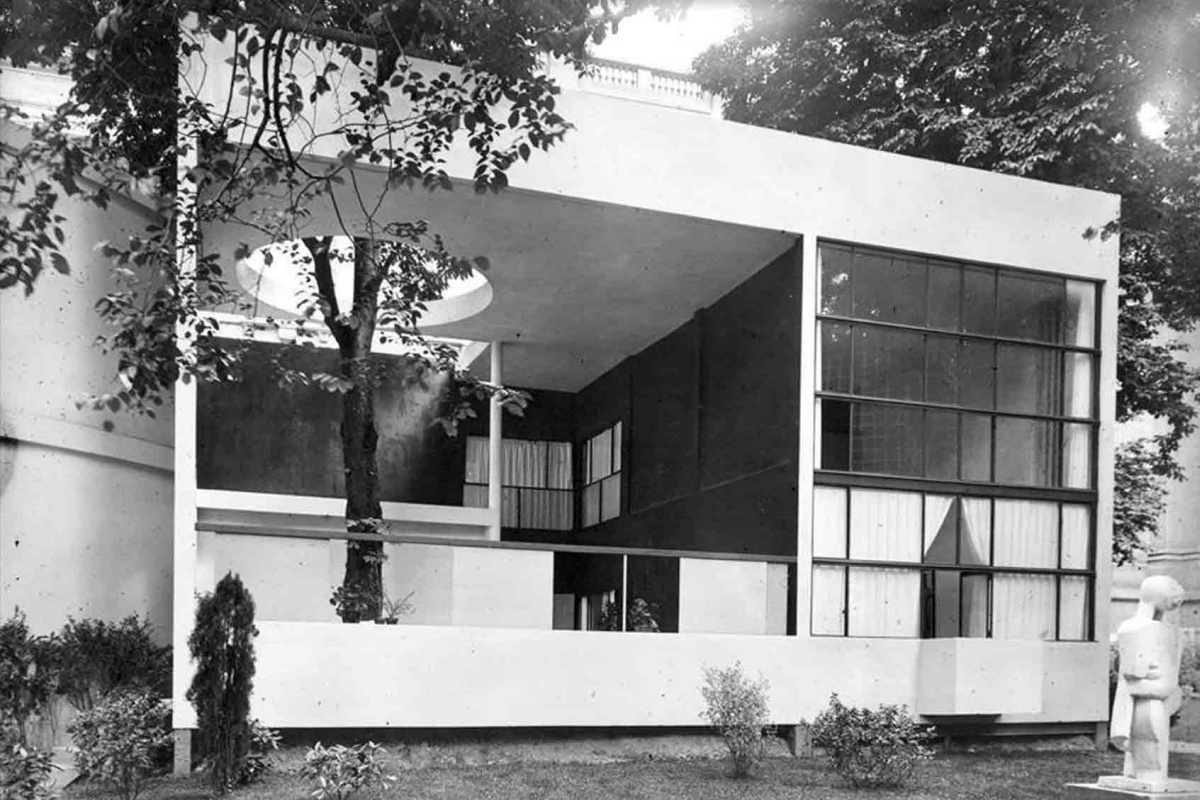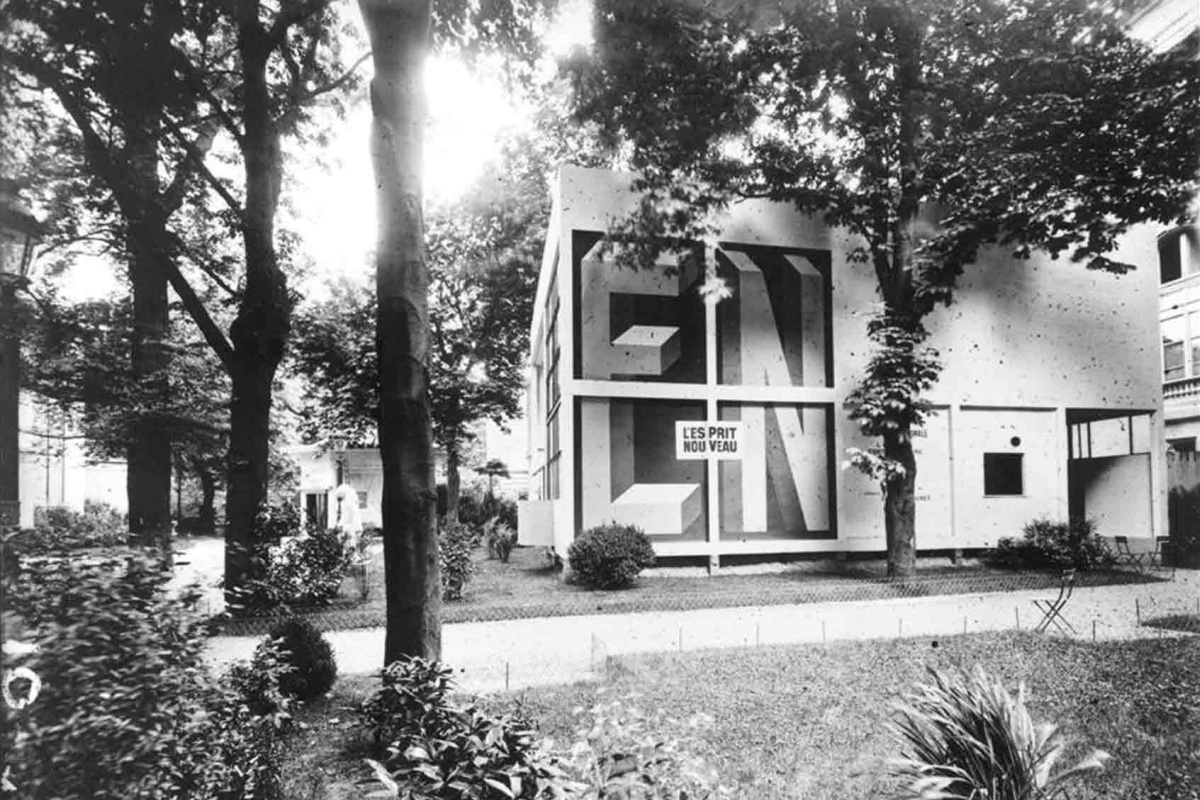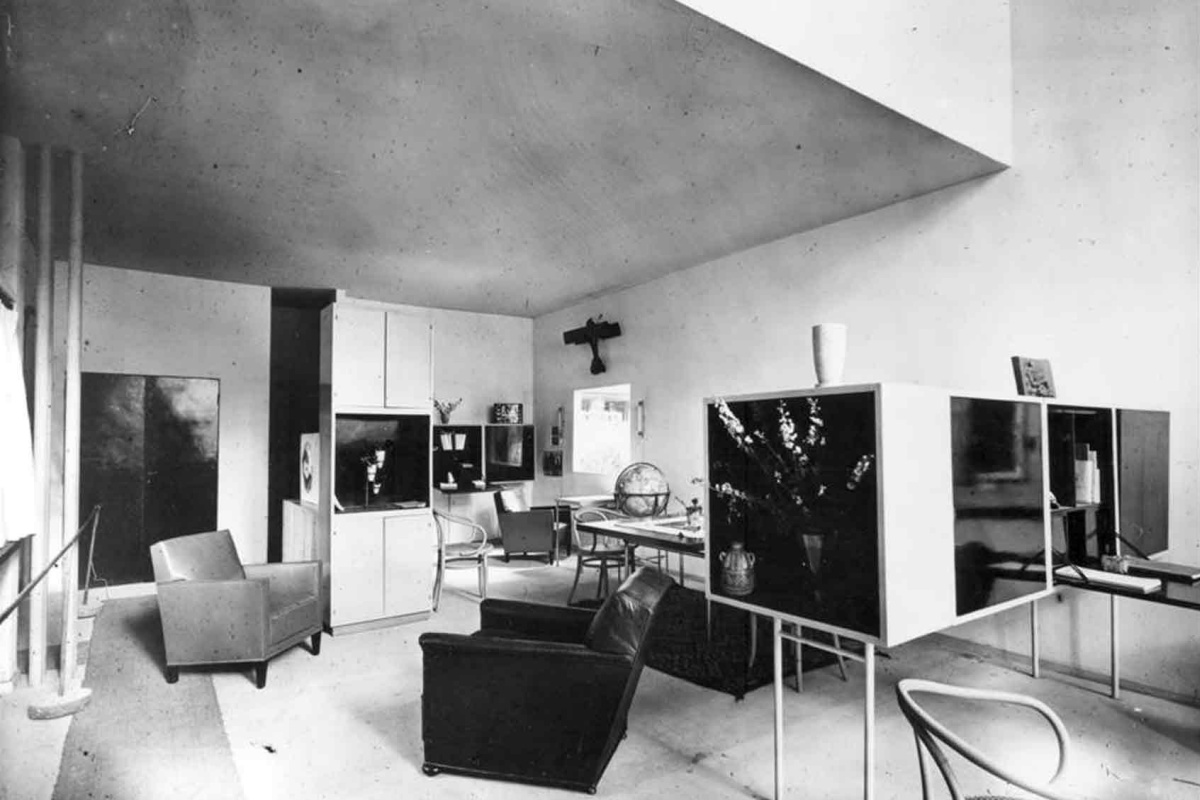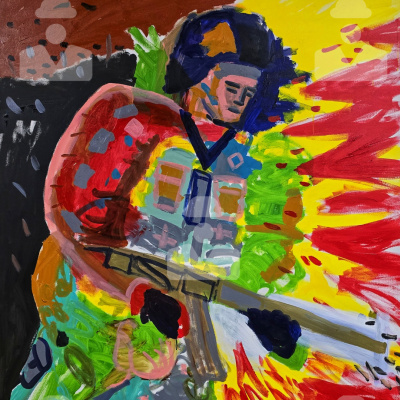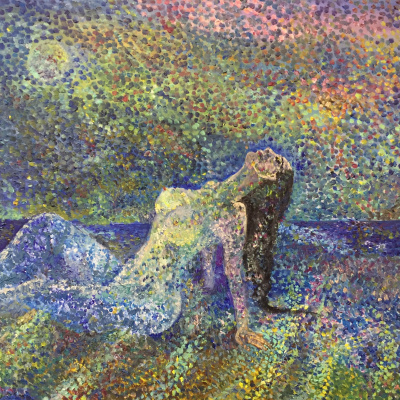Purism is the unique example in the art history when a seriously thought-out, relevant for the historical moment and completely independent art movement stopped its full-blooded existence due to a quarrel of its ideologists. At the same time, the organizational collapse did not change the development paths of its bright purist creators, from Le Corbusier to Fernand Leger.
Purism (lat. purus — "pure") is an aesthetic trend created by the artist and architect Charles-Édouard Jeanneret-Gris (also known as Le Corbusier) and the artist Amédée Ozenfant. Purism originated in France after the chaos of World War I and became a symbol of order, integrity, balance and clarity, classical ordered values and technological progress.
Purism (lat. purus — "pure") is an aesthetic trend created by the artist and architect Charles-Édouard Jeanneret-Gris (also known as Le Corbusier) and the artist Amédée Ozenfant. Purism originated in France after the chaos of World War I and became a symbol of order, integrity, balance and clarity, classical ordered values and technological progress.
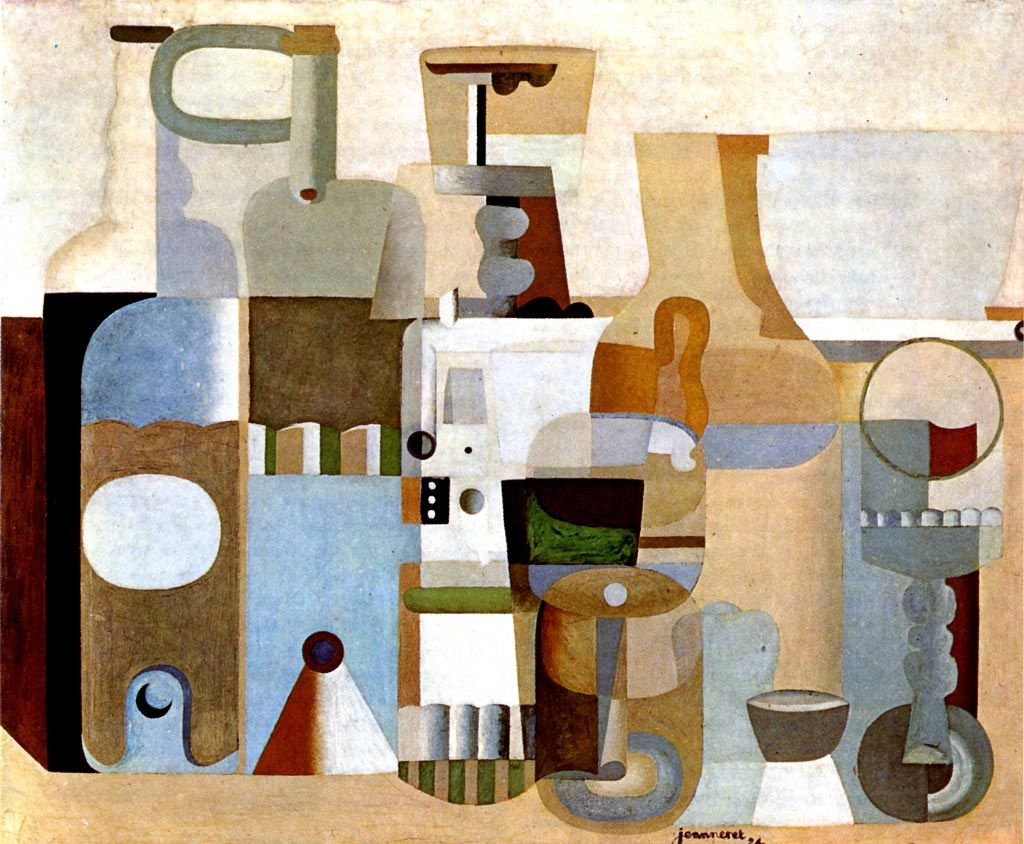
Le Corbusier and Ozenfant set forth the doctrine of the new trend in the artistic manifesto Après le Cubisme ("After Cubism"). The publication was dedicated to the First Purist Exhibition, which opened on 22 December 1918. In particular, the friends sought to move away from the decorative aspects of cubism, its fragmentation of an object. They advocated art emphasizing orderliness and logic. To achieve this sense of fundamental order, Le Corbusier and Ozenfant designated their vision of visual phenomena as "harmonious arrangement of modern, impersonal, ‘universal' forms". After some time, Fernand Legerturned to purism; by that time he had passed the path from impressionism
to cubism and abstractionism.

Le Corbusier. Still life. 1920
Some of the purist postulates manifested by Le Corbusier and Ozanfan are as follows:
— art is hierarchical: decorative art is at the base, human figure is at the top;
— painting is as good as the internal qualities of its plastic elements are, but not their representative or narrative capabilities;
— purism strives to think clearly, create faithfully, precisely, squarely…;
— serious art must expel all the techniques which are not true to the real value of the concept;
— art is primarily in the concept;
— technique is just a tool that humbly serves the concept;
— purism does not consider that a return to nature means copying nature;
— it admits that any deformation is justified by the search for an invariant.
— art is hierarchical: decorative art is at the base, human figure is at the top;
— painting is as good as the internal qualities of its plastic elements are, but not their representative or narrative capabilities;
— purism strives to think clearly, create faithfully, precisely, squarely…;
— serious art must expel all the techniques which are not true to the real value of the concept;
— art is primarily in the concept;
— technique is just a tool that humbly serves the concept;
— purism does not consider that a return to nature means copying nature;
— it admits that any deformation is justified by the search for an invariant.

Amédée Ozenfant. Chords. 1922
The artists believed that the chaos of nature should be dispersed and organized by the technologies generated by the human mind. To popularize their ideas, Ozenfant and Le Corbusier, together with the poet Paul Dermée, founded the art magazine L’Esprit Nouveau ("The New Spirit"), which was being published from 1920 to 1925.
Three women and still life
1921, 60×92 cm
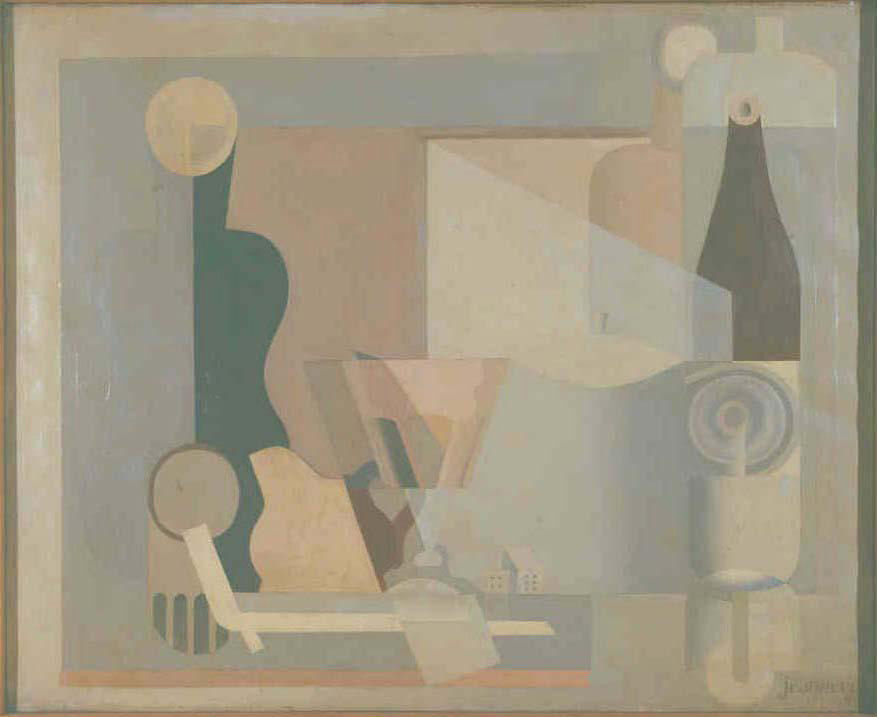
Le Corbusier. Nature pâle à la lanterne." 1922. Le Corbusier Foundation Source.
In their Purism essay, Ozenfant and Le Corbusier defined painting as "a union of refined, related architectural elements". This concept is reflected in their still lifes, in which both artists present pure, simple and integral forms. The new art movement involved the compositions of impeccable harmony and proportions denying anything strange or original. The second purist exhibition, held in 1921 in the Galerie Druet, Paris, made the movement and the magazine even more famous. In 1924, Ozenfant and Leger founded the Atelier Libre, the Free Workshop, in Paris, where among the teachers were the artists Marie Lorenzin and Aleksandra Ekster.

Amédée Ozenfant. Still life. Dishes. State Hermitage Museum, Saint Petersburg, Russia.
Purism reduced an object to the ratio of its geometric angles and shapes interacting according to the classical principles of the golden section. Artists emphasized pure colour schemes denying any decorations. They depicted ordinary household items shaping them with aesthetically attractive forms.
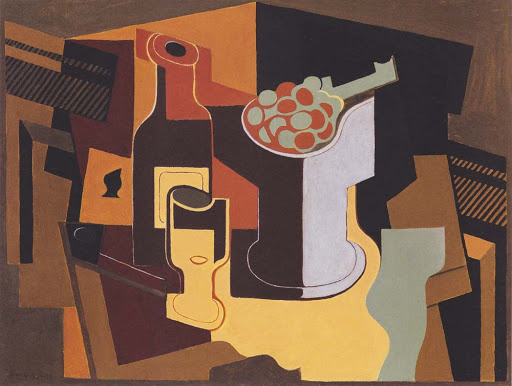
Juan Gris. Bottle and Fruit Bowl. 1920
Purism reached its peak during the Exposition at the Le Corbusier’s L’Esprit Nouveau Pavilion, which was built in 1925 for the International Exhibition of Decorative and Industrial Art in Paris. The exhibition featured the works of Le Corbusier, Ozenfant, Fernand Leger and Cubist artists Juan Gris and Jacques Lipchitz.
Le Corbusier continued to manifest his architectural talents. From 1922 to 1925, he worked on another project featuring the purist principles — Villa La Roche. The project was designed for a Swiss banker from Basel, Raoul La Roche, a collector of avant-garde art, and included not only living quarters, but also a gallery space. There, Le Corbusier and Ozenfant seriously quarrelled for ideological reasons: Ozenfant decorated the interiors with paintings, and his friend was against that. This misunderstanding ended the collaboration of the two artists — and eventually led to the end of the purist movement.

Amédée Ozenfant. Still life. 1920—1921
The departure of purism from the radicalism inherent in the painting of the early 20th century can be considered as a way to "return to order" after the chaos of the First World War. Purism became one of the ways to revert to the traditions of neoclassicism followed by the European artists of the time. For Le Corbusier, purism became an opportunity to formalize his ideas and find his own unique architectural design based on the principles of standardization in structure, rigorous functionality and mass production.
Title illustration: Le Corbusier. Still life of the L’Esprit Nouveau Pavilion. 1924. Source






